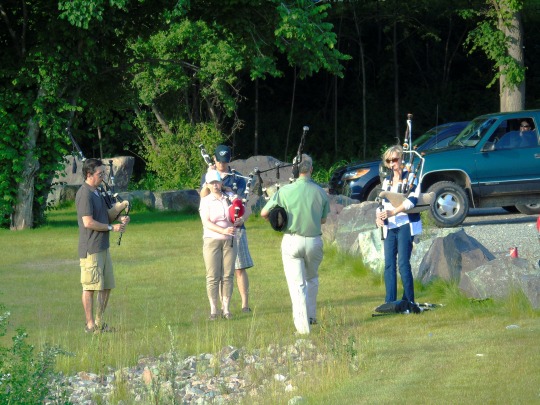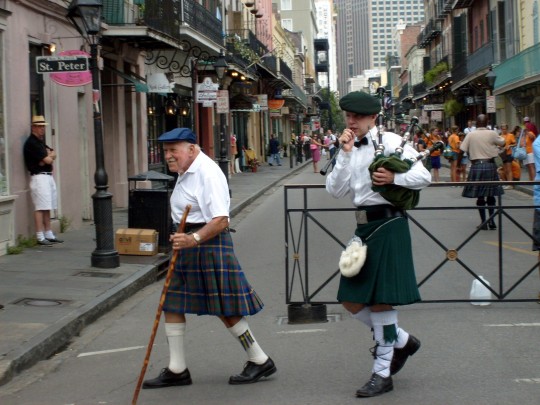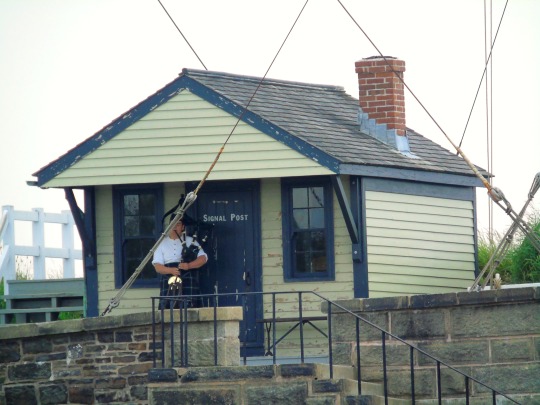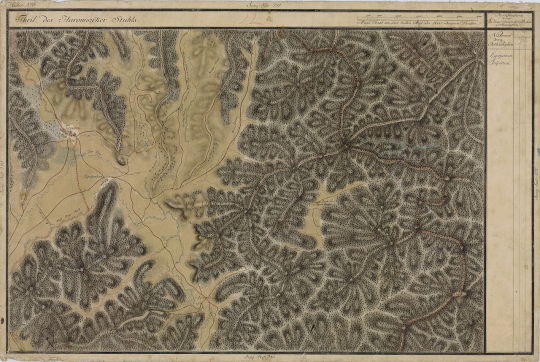#Citadel Hill
Explore tagged Tumblr posts
Text









The Halifax Town Clock began keeping time for the garrison on October 20, 1803.
#Halifax Town Clock#began keeping time#20 October 1803#anniversary#travel#Canadian history#Fort George#Old Town Clock#Citadel Clock Tower#House of Vulliamy#Citadel Hill#Halifax Citadel National Historic Site of Canada#Nova Scotia#Halifax#vacation#summer 2015#original photography#landmark#cityscape#architecture#tourist attraction#Atlantic Canada#Canada
6 notes
·
View notes
Text




found atop citadel hill today
2 notes
·
View notes
Photo

Sentry at Fort George in Halifax
#sentry#guard#forts#citadel hill#military#military uniforms#sentry uniform#fort hill#national historic sites#visit Nova Scotia#travel photography#travel canada
4 notes
·
View notes
Text
Behold,

THE PENTAGON!
0 notes
Text

"SOLDIERS' PAL KILLED TAXI DRIVER IS FINED," Toronto Star. May 14, 1942. Page 2. --- Laddie Buried Under Granite Slab ---- Halifax, May 14-(CP) - Laddie, an Alsatian. "the best canine comrade a bunch of guys ever had." is dead, and men of the No. 16 Provost Corps are without their mascot for the first time in nearly two years. He was buried on Citadel Hill under a granite slab with the inscription. "Laddie. a real pal and the soldiers' friend, 1942." Lieut. James Moon said Laddie was killed by a taxi. "The driver was doing consider|ably more than 40 miles per hour." he testified in police court. He said Corp. R. McNaughton of the Provost Corps chased him on his motorcycle and forced the cab off the road. In court, the driver, Alphonse Leblanc, was fined $25 and costs.
#halifax#hit by a car#animal mascot#speeding#reckless driver#taxi driver#provost corps#canadian military#citadel hill#canada during world war 2#crime and punishment in canada#history of crime and punishment in canada#fines and costs#police court
0 notes
Text

6.4k ✖ Rated: E ✖ Tagged for: Established Relationship, Car Sex
“You’re never pick up," Zhenya said, rolling his eyes. “I sure did. The first blowjob I ever gave was in a car parked right over there.” Sid pointed. Zhenya whipped his head around to look.
This season ended like it began: with a whimper. Go read about Sid making Geno whimper in my little story. This one has it all: humor, Canada, really bad roleplaying, and more.
Read a little comme ci, comme ça here.
#sidgeno#hockey rpf#I took the photo in the banner from atop citadel hill:) it was cool but also I got sunburnt as hell lol
45 notes
·
View notes
Text

if i don't come back to this anonymous quote about sid twice a week assume i'm dead. bi-top. at the very least.
105 notes
·
View notes
Text
youtube
the roses on the ground there,
next to the slamming doors and flames,
might as well be for you
#tango tek#tangotek#tangoteklp#decked out 2 runs#decked out with music#decked out run#decked out 2#hermitcraft#joehills#joe hills#joehillsTSD#with quinn hills on guitar#decked out 2 phase 5#a softer citadel#Youtube
119 notes
·
View notes
Text




Gellert hill, Budapest
#gellert hill#budapest#travel#citadel#chapel#rock#i have this thing with trees#hungary#places to go#original photographers#photographers on tumblr#photography#lensblr#original photography#pws#wanderlust
8 notes
·
View notes
Text






Bagpipe Appreciation Day
Today we celebrate the bagpipes! The instruments have long been associated with the Scottish Highlands, although they have come from many different places, and there are many variations of them. They have also been used in many different contexts.
The main components of the bagpipe are the bag, chanter, and drones. The bag is usually made of animal skin or rubberized cloth. It is inflated either by having air breathed into it through a blowpipe or by using a bellows. Air can then be fed throughout the instrument to make the sound, by placing arm pressure on the bag. The bag allows sound to be continuous while giving players the chance to take breaths, as well as for several tones to be played at the same time.
The chanter, or melody pipe, has finger holes that let a player make notes to form melodies. The other pipes, called drones, may have single or double reeds. They play single, constant notes that accompany the melody. They are tuned with the chanter by lengthening or shortening their extendable joints. The pipes are in wooden sockets, or stocks, which are tied into the bag.
Initially, folk instruments, bagpipes have remained as such, but also have been used in battle, at parades, funerals, weddings, and royal occasions. They were probably first used by pastoral sheep and goat herders, who played them to pass time while watching their flocks. They made them with easy-to-come-by materials such as skin, bones, and reeds. These instruments would quickly decay, so there is no physical evidence of them.
Bagpipes may have been used for centuries before any record of them was made. Most believe they were invented in the Middle East, and that the sheep and goat herders that used them were in Mesopotamia. There is some indication that they were used in ancient Egypt. A Hittite wall carving from around 1000 BCE shows a form of a bagpipe, and they are mentioned in the Bible in the book of Daniel. A bagpiper is also possibly depicted on an Alexandrian terracotta figure from around 100 BCE.
From the Middle East, bagpipes likely traveled to Greece, where they were known as "askaulos," meaning "wineskin pipe." They are mentioned in one of Aristophanes's plays from about the fourth century BCE and appear in other Latin and Greek references from around 100 CE. After the Romans invaded Greece, the bagpipe was adopted throughout the Empire just as other Greek culture was. They were mainly used by plebeians, but even Nero was known to play one. They were also used by the Roman infantry, while the Roman cavalry used the trumpet.
The British Isles became the most popular home for bagpipes. Invading Romans may have brought them there, or they may have later arrived by trade. They were mentioned in English author Chaucer's The Canterbury Tales in the 1380s. Some think they were imported to the British Isle of Scotland from the Romans, while others believe they came from England, Ireland, or developed in Scotland on their own.
Original Scotland pipes probably had one drone, with a second drone likely added in the mid to late sixteenth century, and a third drone likely added in the early eighteenth century. Scottish Highlands bagpipes had two tenor drones and one bass drone. It was there that bagpipes became more popular than anywhere else in Scotland or the world. In the Highlands, players were influenced by Celtic legends as well as by the wild nature of their surroundings. The players held an honored position in their clans. There are references to Scottish Highland bagpipe players by the fifteenth century, who played at weddings and festivals and even replaced organists at church. During the mid-sixteenth century, at a time when bagpipe music was descendent through most of Europe, it was ascendant in the Highlands. The MacCrimmon family did much to nurture its growth. A classical musical form that used the bagpipes sprang up there; it was called piobaireachd and predated the piano and its classical music by about a century.
Originally pastoral and festive, the military began using the bagpipe in the eighteenth century and accompanied it with drums. Battlefields were loud, so instruments were used to communicate. Bagpipers from clans—who were often at war with each other—would inspire soldiers before battle, and played during battles to signal movements, attacks, and retreats. When the Scottish uprising of 1745 failed, military training was banned. Thus, the bagpipe could no longer be used in this context anymore, although it was not banned for other uses.
In the Scottish Lowlands, pipers held important positions in communities. There were town pipers, and those who played dance music and songs at weddings, feasts, and fairs. The soft sounding Scottish Lowland bagpipe was played from about 1750 to 1850; it had a bellows, and three drones in one stock.
When England and Scotland united in the early eighteenth century, bagpipes were brought all over the world to British colonies, to places such as Africa and Ceylon. In many places, there already were indigenous bagpipe type instruments, which had been used for folk music and military purposes. Some examples are the tulum of Turkey, pilai of Finland, zampogna of Italy, mashak of India, mizwad of Tunisia, tsampouna of Greece, volynka of Russia, gaita of Macedonia, and the Bedouin habban.
There are many variations of the bagpipe popular today, such as the cornemuse of central France, the aforementioned zampogna of Italy, and the Irish union pipe. The most popular is probably Scotland's Great Highland bagpipe. Today we celebrate all types of bagpipes, and their importance to culture and in bringing us music!
How to Observe Bagpipe Appreciation Day
Playing the bagpipe is probably the best way to celebrate the day. Perhaps you already have one and know how to play it, or maybe you still need to get one and learn. Listening to artists who feature a bagpipe is a great way to celebrate the day, as is listening to bagpipe versions of popular rock songs. You could also read a book on the history of bagpipes, or a book on Highland bagpipes. If you feel like seeing some bagpipes firsthand, you could visit the Musical Instrument Museum in Phoenix, Arizona, or plan a trip to the Morpeth Chantry Bagpipe Museum, or the International Bagpipe Museum.
Source
#Citadel Hill#Fort George#Halifax Citadel National Historic Site of Canada#Halifax#Nova Scotia#Ottawa#Parliament Hill#Ontario#Canada#summer 2015#travel#usa#original photography#vacation#tourist attraction#landmark#architecture#cityscape#Sydney#Cape Breton Island#New Orleans#Louisiana#Bagpipe Appreciation Day#27 July#BagpipeAppreciationDay
2 notes
·
View notes
Text
if there was an Olympic category for "getting sunburnt while going up hills on vacation," it would be a niche sport and I'd sweep the competition
16 notes
·
View notes
Text


Some Pen actually ranked the hotel as their favorite thing about Nova Scotia?! Blasphemy!
#Pittsburgh Penguins#Nova Scotia#October 2 - 2023#And yes ...#Sid is the one who claimed Citadel Hill as his favorite thing
8 notes
·
View notes
Text
I should have started trying out horror writing years ago! A couple days into designing this setting and I already have a meatmancer who turned himself into a giant mycelial network to spread throughout the city, infecting people who contact his host surfaces. He’s even a metaphor for systemic oppression!
#for context I am trying to make a vtm chronicle set in halifax#the manfungus in question is a tzimisce who decided to mold himself into a Superior Form™️. and the ideal form to him is fungal#and he lives under citadel hill#and also in the various unwitting victims he infects in order to spread his reach#I need to make more Fucked Up Guys. this might be my true calling#my posts
0 notes
Video
Gold Medal Day in Waterton Lakes National Park by Mark Stevens Via Flickr: While taking in views to the southwest across farmland and prairies with a backdrop of mountains and peaks in Waterton Lakes National Park. This is located at the Waterton Park Front along Alberta Highway 6. My thought on composing this image was to get down low, close down on the aperture, and capture an image with these wildflowers to my front, using a backdrop of the farmland and prairies and more distant mountains.
#Alberta and Glacier National Park#Azimuth 197#Bellevue Hill#Blue Skies with Clouds#Campbell Mountain#Canadian Rockies#Central Montana Rocky Mountains#Citadel Peaks#Clark Range#Cows#Day 6#DxO PhotoLab 6 Edited#Evergreen Trees#Evergreens#Farmland#Forest#Forest Landscape#Glacier National Park Ranges#Grassy Area#Grassy Field#Grassy Meadow#Hillside of Trees#Kaina Mountain#Kootenai Peak#Landscape#Landscape - Scenery#Lewis Range#Livingston Range#Looking SW#Meadows
1 note
·
View note
Text
Amman Citadel and Temple of Hercules Ruins Amman Jordan
Umayyad Palace Mosque Amman Citadel is an impressive open-air archaeological complex and a must-see for anyone visiting Amman. I didn’t realize that there were several significant landmarks at the site. It’s located on the highest hilltop in Amman – Jabal Al Qala’a – one of the seven hills (jabals) that originally made-up Amman. Umayyad Palace Mosque Dome Evidence suggests that the area has been…

View On WordPress
#6th Century Byzantine Church#Ain Ghazal Statues#Amman Citadel#Amman Jordan Seven Hills#Ancient City of Ammonites#Aramaic Characters#Babylonians#Bedouins#Bronze Age#Byzantines#Dead Sea Bronze Scroll#Jabal Al Qala&039;a#Jordan Archaeological Museum#Jordan Valley#Neolithic Period#Neolithic Statues#Persian-Style Apadana Hall#Ptolemies#Rabbath Ammon#Roman Emperor Marcus Aurelius#Roman Temple of Hercules#Roman Theater Amman#Romans#Seleucids#Temple of Hercules Ruins Amman Jordan#Umayyad Dynasty#Umayyad Mosque#Umayyad Palace#Umayyad Palace Domed Audience Hall#Umayyad Palace Mosque
0 notes
Text
Discover the Beauty of Întorsura Buzăului, Romania's Hidden Gem
Întorsura Buzăului is a charming small town located in the heart of Romania, surrounded by rolling hills and lush forests. Despite being a hidden gem, this town offers a unique blend of natural beauty and cultural heritage, making it an ideal destination for tourists looking for an off-the-beaten-path experience. The town is located in the Buzău County, and is known for its picturesque medieval…

View On WordPress
#-5 to 0°C#20-30°C#below freezing#bird-watching#castle ruins#citadel#cold winters#crafts#cultural heritage#cycling#dance#destinație turistică#emperatures#folk culture#forests#frumusețe#heat waves#hidden gem#hiking#hills#Întorsura Buzăului#local cuisine#lush forests#medieval fortifications#natură#natural beauty#outdoor activities#peaceful escape#pleasant weather#rolling hills
0 notes